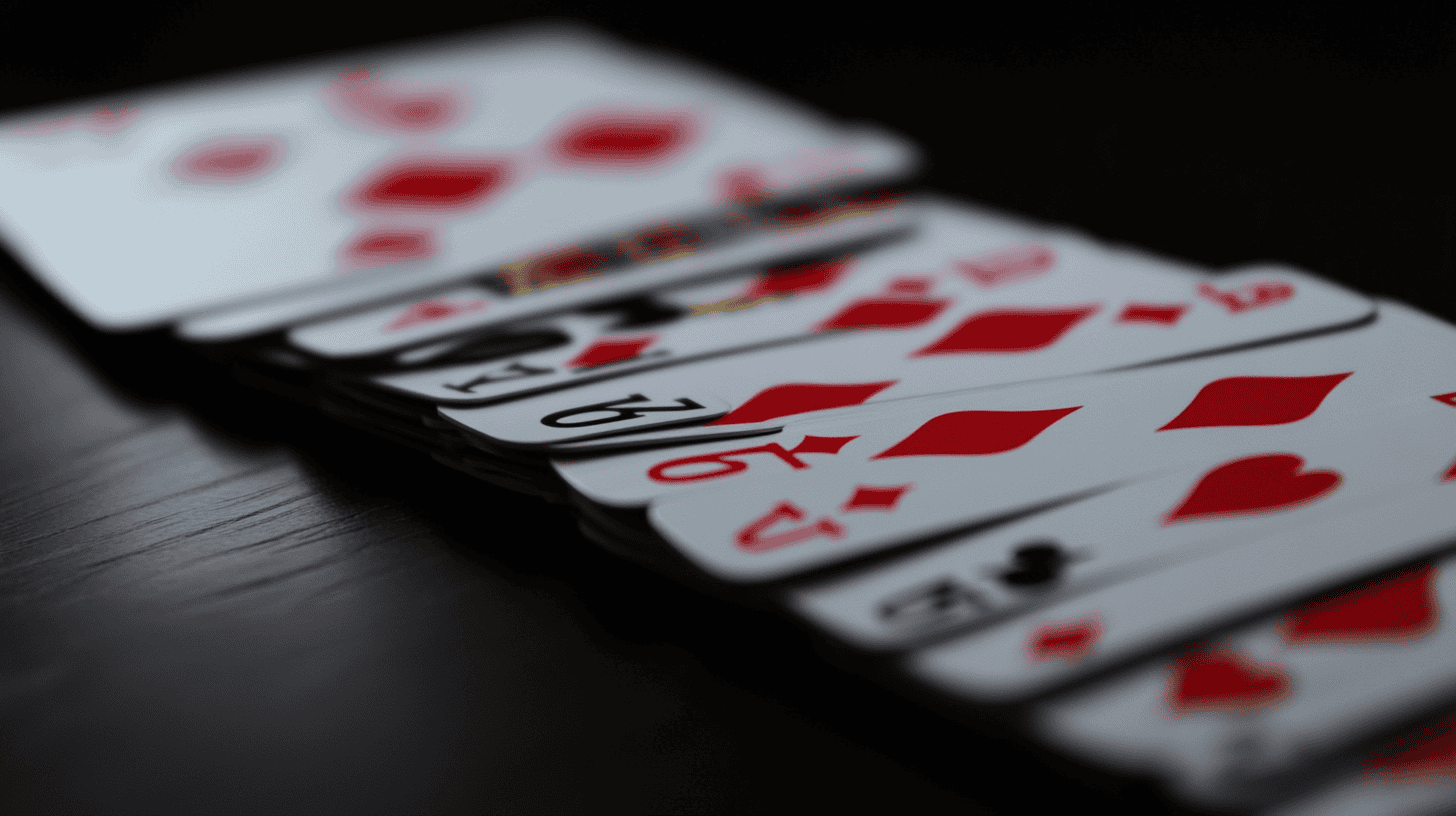
Mastering the Power of Position: How Table Placement Shapes Strategy and Success in Poker
In the intricate and competitive world of poker, success hinges on far more than just the strength of your hand. One of the most underestimated yet fundamentally critical elements of the game is position—your place at the table in relation to the dealer and the flow of play. While your physical seat may not change during a session, your relative position rotates with each hand, and understanding how to use it to your advantage is a vital skill for anyone aiming to excel in the game.
At the heart of every poker hand is a shifting structure dictated by the dealer position. In games with a designated non-playing dealer, a small disc known as the Button is used to denote the dealer position for the current hand. The Button moves one seat clockwise after each hand, determining the order of play for that round. This rotation means that your strategic footing changes with every hand dealt—sometimes you’ll be among the first to act, and other times you’ll have the luxury of seeing how others play before you make your move.
The poker table can be mentally divided into three broad positional zones: early position, middle position, and late position. Each zone comes with its own strategic landscape, influencing the choices you make, the risks you take, and the hands you choose to play.
Early position is typically the most vulnerable place to be. When you’re seated here, you’re required to act before most of your opponents. This puts you in a position of relative uncertainty because you have no insights into the intentions or strengths of the players who follow you. The blinds—small blind and big blind—are classic examples of early position play. These forced bets are made before the players even see their cards, meaning those in the blinds are often at a strategic disadvantage right from the start. When you’re first to act after the cards are dealt, you must tread carefully, typically sticking to premium hands unless you have a well-reasoned read on the table.
Middle position offers a slightly more balanced scenario. You’ve seen how a few players act, giving you partial information to base your decisions on. This positional spot allows for a bit more flexibility in hand selection and betting, but it still requires caution. With several players yet to act, there’s always the potential for a strong move from someone behind you. Middle position is where many nuanced plays can begin to unfold, often requiring a blend of aggression and discretion.
Late position, including the cutoff (one seat before the dealer) and the Button itself, is where seasoned players often find their edge. Acting last allows you to observe nearly every other player at the table before making a decision. This abundance of information is a significant advantage, letting you adjust your strategy with greater precision. If opponents check or fold, you may seize the opportunity to bluff, apply pressure, or make well-timed value bets. Playing in late position allows you to control the pace of the game, extract more value from strong hands, and escape tricky situations with minimal losses.
The strategic value of position cannot be overstated. Poker is a game of incomplete information, and the more of it you can gather before acting, the stronger your decisions become. Position gives you that information. It reveals betting patterns, the strength of opponents’ confidence, and potential weaknesses to exploit. A hand that might be marginal in early position can be perfectly playable in late position simply because you have more data to inform your choices.
Beyond just hand selection, position impacts your ability to bluff effectively, to trap aggressive players, and to manage the size of the pot. In late position, you may choose to play more speculative hands—like suited connectors or small pairs—because you can more accurately judge the cost of seeing a flop and the potential payoff. In early position, those same hands might be wisely folded due to the risk of facing a raise or re-raise that forces you into a difficult decision.
Over time, mastering positional awareness becomes second nature to the experienced poker player. It influences not just how you play your cards, but how you perceive and anticipate the actions of others. A well-positioned player can dictate the flow of the game, create pressure points for opponents, and extract value from even modest holdings. Understanding where you are in the hand and how your position changes the strategic context is what separates average players from consistently successful ones.
In every poker session, no matter the stakes or format, the Button continues to move. Each hand presents a new opportunity to reassess your place at the table and adapt your approach. The fluid nature of position requires not just tactical awareness but also mental agility, encouraging players to think ahead and stay engaged with every shift in the game’s dynamic.
So, the next time you take a seat at the poker table, don’t just glance at your cards. Take a moment to consider your position. Know where the Button is, where the action is likely to come from, and how you can use your seat to your advantage. Whether you’re a beginner still learning the basics or an advanced player refining your edge, embracing the power of position is one of the most effective ways to elevate your game. It’s not just about where you sit—it’s about what you do with it.
More for You:

The Highs, Lows, and Future of Poker: From Millionaires to Modern Streams | E-Vegas Explores
The Highs, Lows, and Future of Poker: From Millionaires to Modern Streams | E-Vegas Explores Poker has long captured imaginations worldwide — a game of skill, chance, and nerve that can create millionaires overnight and teach harsh lessons in humility just as quickly. The lives of poker millionaires are a study in contrasts: yachts moored

The Path to Becoming a Great Poker Player: Priceless Insights from Daniel Negreanu
The Path to Becoming a Great Poker Player: Priceless Insights from Daniel Negreanu Poker isn’t just a game of cards; it’s a strategic battleground where intellect, patience, and emotional control reign supreme. For anyone who’s ever sat down at a poker table, it’s clear that poker is not a game that can be learned in

The Richest Poker Players in History: The All-Time Money List 2025
The Richest Poker Players in History: The All-Time Money List 2025 Poker has evolved from a simple card game to an international spectacle, attracting the best players from around the world. With the rise of high-stakes live tournaments, poker players have amassed unimaginable wealth, and some have solidified their names as legends in the game.

Are There Skill-Based Games at an Online Casino? Understanding the Balance Between Luck and Strategy
Are There Skill-Based Games at an Online Casino? Understanding the Balance Between Luck and Strategy When people think of online casinos, the first thing that usually comes to mind is luck. Spinning reels, bouncing roulette balls, and flipping cards all seem to follow randomness. And to some extent, that’s true. Games like slots and roulette are

Split Pairs and Three-Flush Hands: Navigating Starting Hands in 7 Card Stud Poker
Slot Review: Bullion Bars Gold Collector by Inspired Gaming Split Pairs and Three-Flush Hands: Navigating Starting Hands in 7 Card Stud Poker Seven-Card Stud is a game that rewards strategic thinking and strong hand selection. Unlike Texas Hold’em poker, where community cards help define the strength of a starting hand, Stud requires players to evaluate

The Hidden Mathematics Behind Poker Decisions: Understanding Equity Like a Pro
The Hidden Mathematics Behind Poker Decisions: Understanding Equity Like a Pro Poker is a game of skill, psychology, and mathematics, where the best players consistently make better decisions than their opponents. One of the most critical mathematical tools in expert poker is equity calculation. Understanding how to calculate and apply equity allows professional players to

Mastering the Art of Countering Aggressive Poker Players: How to Beat the Maniacs at the Table
Mastering the Art of Countering Aggressive Poker Players: How to Beat the Maniacs at the Table Poker is as much a psychological battle as it is a game of mathematics and probability. One of the most challenging opponents to face at the table is the overly aggressive player, commonly known as a “maniac.” These players

Texas Hold’em Slow Gameplay: When It Works, When It Backfires, and Why? For Advanced Players
Texas Hold’em Slow Gameplay: When It Works, When It Backfires, and Why? For Advanced Players In the dynamic world of Texas Hold’em, players often adopt various strategies to maximize their winnings or mitigate risks. One of the most debated approaches is slow gameplay—deliberately playing a strong hand passively to lure opponents into making mistakes. While
FAQ: Poker Positions
1. What is “position” in poker?
Position refers to your seat at the poker table in relation to the dealer (or the dealer button in most games). It determines the order in which players act during a hand.
2. Why is position important in poker?
Position is crucial because it affects how much information you have when making decisions. Acting later gives you insight into other players’ actions, making your choices more informed and strategic.
3. What is the dealer button?
The dealer button (often just called “the button”) is a small disc that rotates clockwise after each hand. It marks the nominal dealer and helps determine the small blind, big blind, and overall order of play.
4. What are the main positional categories?
Positions are typically divided into Early Position (EP), Middle Position (MP), and Late Position (LP). These categories affect how aggressively or conservatively you should play certain hands.
5. What is Early Position (EP)?
Early Position includes the players who act first, usually right after the blinds. These seats are considered the weakest because you must act without knowing what others will do.
6. What is Middle Position (MP)?
Middle Position falls between early and late. You have more information than EP but less than LP, offering a moderate balance between risk and opportunity.
7. What is Late Position (LP)?
Late Position includes the cutoff and the button. These are considered the strongest positions because you get to see most of the table act before making your decision.
8. What are the blinds in poker?
The small blind and big blind are forced bets that rotate with the dealer button. These players are technically in early position and are often at a disadvantage due to having to act without full information.
9. How does position affect which hands I should play?
In early position, you should play tighter and only with strong hands. As you move toward late position, you can expand your hand range and play more aggressively, especially if others have shown weakness.
10. Can position help me bluff more effectively?
Yes. Late position gives you the best opportunity to bluff because you’ve seen how other players act. If everyone checks or shows weakness, you can take advantage and apply pressure.
11. How can I improve my positional awareness?
Start by always noting where the button is before a hand begins. Track who has already acted and how. Over time, adjust your strategy based on your position to gain an edge in both casual and competitive play.
